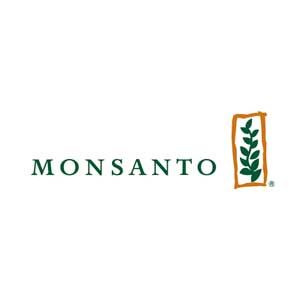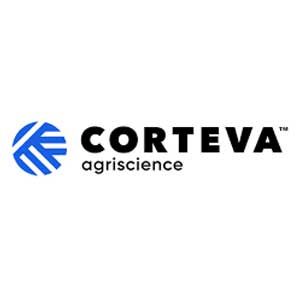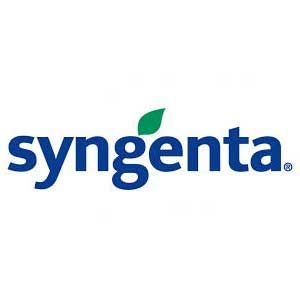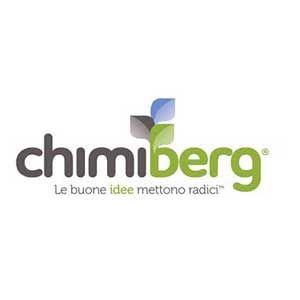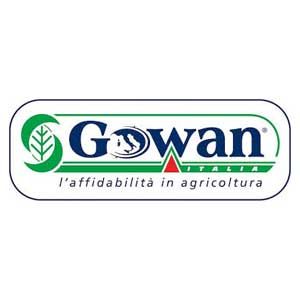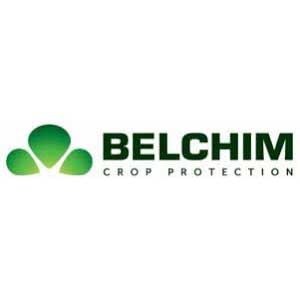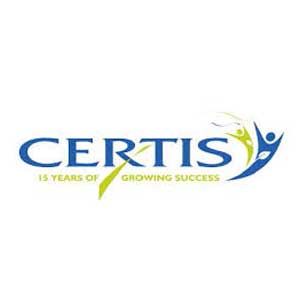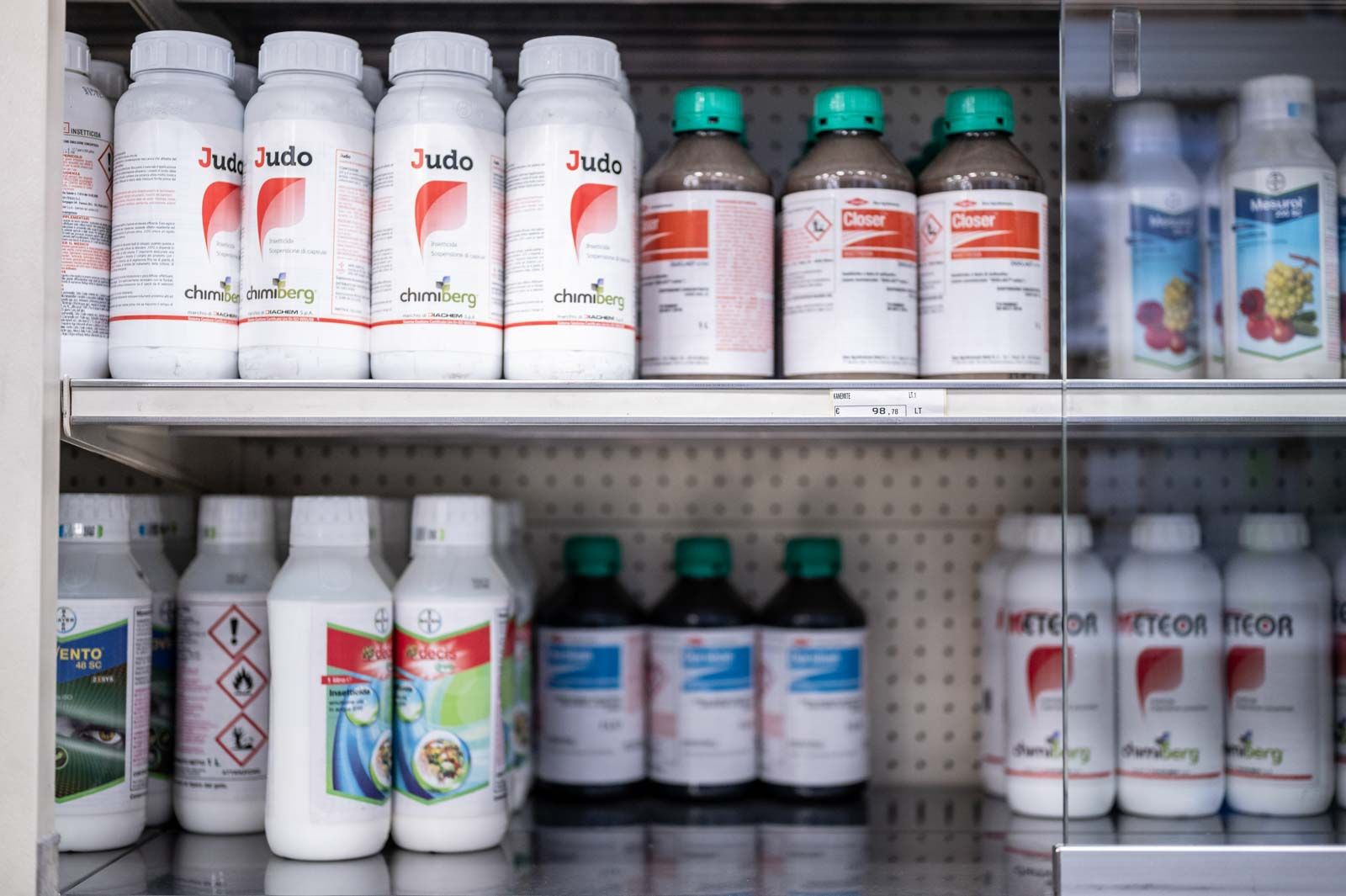Plant fertiliser
The fertilizer is that fertilizer element that allows to donate nourishment to the plants and for this reason it is much used in agriculture, in the nursery and in the floriculture.
Each species of plant needs essential nutrients to live and grow healthy and nutrition occurs in three different ways that must be present simultaneously.
Carbon nutrition allows the plant to obtain carbon and oxygen by directly absorbing the carbon dioxide in the air; water nutrition is achieved thanks to the absorption of water that brings hydrogen and oxygen.
It is then the mineral substances that complete the fundamental nourishment of the plant and this is obtained especially with a radical absorption of mineral salts.
The main elements that serve to nourish the plant are: nitrogen, phosphorus, potassium, calcium, magnesium, sulfur and chlorine.
Nitrogen supports growth and green coloration, phosphorus has the task of nourishing and helps root growth, while potassium increases resistance to drought and disease.
Fertiliser: types and forms
To grow properly, the plant needs all these nutrients, even if it is nitrogen that most of all affects good growth.
The absorption of nutrients by the roots and the continuous leaching due to water makes it necessary to replenish these substances over time. For this reason it is always good to enrich the soil or the substrate in which the plant grows (especially for cultivation in pots) with carefully selected fertilizers.
You can choose between many types and forms of fertilizers:
there are those in liquid, granular or powder form, and of course they have different procedures of use.
You can find fertilizers of natural origin, also called organic fertilizers, and fertilizers of chemical origin, but it can also be the form that characterizes them.
There are those liquids that generally have a fast action, which then are immediately assimilated from the roots of the plant and therefore require to be replenished frequently.
Granulars, on the other hand, have the advantage of slowly melting in the soil and then gradually releasing the nutrients, therefore having to be used less times than the others, with a saving in economic terms and time.
In the catalog we have slow release and controlled release granular fertilizers with variable durations ranging from a minimum of three months to a maximum of 14; you can then choose products with different nutritional characteristics according to the cultivation to be treated (sowing, cuttings, annual) and with different duration.
The use of slow or controlled release fertilizers, in addition to being advantageous in terms of cost and time, is also eco-friendly, since nutrients such as nitrogen are not dispersed in the environment, but absorbed by the plant at the right time.
Slow release fertiliser
Slow release fertilisers allow plants to be nourished by gradually releasing nutrients with significant advantages in terms of economic savings, time and with a lower impact on the environment .
Fertilizer for controlled disposal
Controlled release fertilizers are composed of nutrients coated with materials that prevent their immediate release but are absorbed in a controlled manner over time and their duration can vary from three months up to even 14 months.
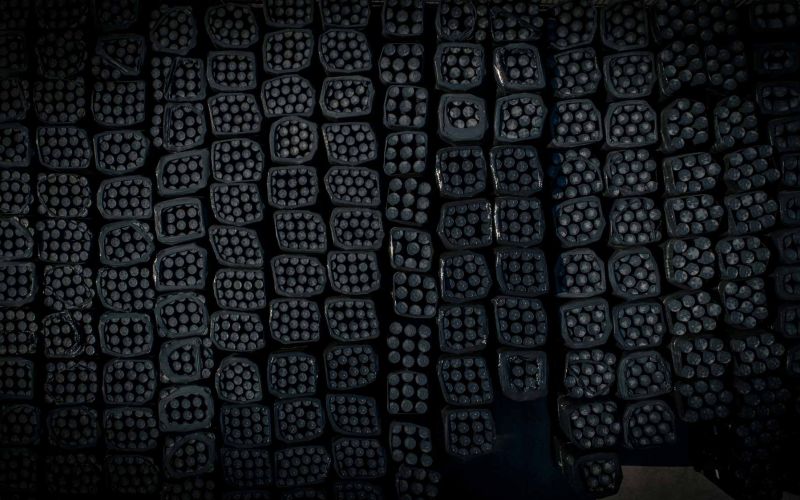
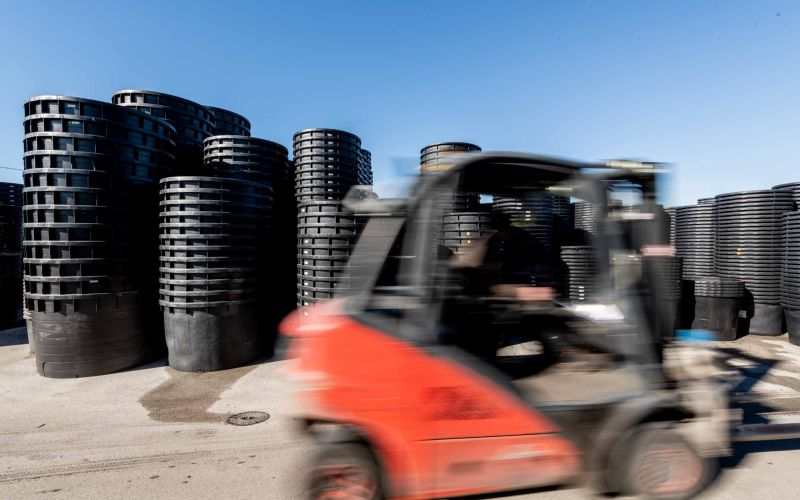

Our brands
Phytosanitary products
